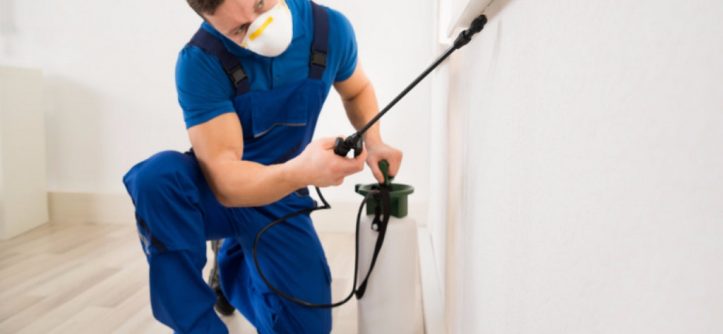If you’re buying or selling a home, it’s important to have a pest inspection. Pests can cause significant damage to a home, and they can also be dangerous.
In this article, we will talk about five things that you can expect during a pest control inspection.
-
Inspection of the Exterior of the Home for Signs of Pests
A home pest control inspection is a crucial step in the process of buying or selling a home. While most people focus on the interior of the home, it is just as important to pay attention to the exterior. First, your inspector will take a walk around the outside of the home and look for any signs of pests. They will look for holes in the siding or foundation, as well as droppings or nests.
They will also take a look at the landscaping. If there are any dead or dying plants or areas of standing water, it may be an indication that pests are present. They will also check all of the entry points to the home, looking for cracks in the foundation or gaps around doors and windows. These are all potential places where pests can enter the home.
-
Inspection of the Interior of the Home for Signs of Pests
Once the exterior has been inspected, your pest control inspector will move inside. They will start in the basement or crawl space, if there is one. This is because pests are often attracted to damp, dark areas. Your inspector will look for any signs of water damage, as this can be a sign that pests are present. They will also look for droppings, nests, or carcasses.
They will then move to the kitchen and look for any signs of pests. This includes looking in cabinets and drawers, as well as under the sink. They will also check appliances, such as the dishwasher and refrigerator, for signs of pests. The inspector will then move to other areas of the home, such as the bedrooms, bathrooms, and living areas. They will look in all of the same places as they did in the kitchen.
-
Checking for Any Damage That Pests May Have Caused
Once the inspector has finished looking for any signs of pests, they will then start to look for any damage that pests may have caused. This includes things like holes in walls or floorboards, as well as chewing marks on wood or fabric.
They will also look for any staining that may be present. This can be from water damage or from pests urinating or defecating in the home. They will also check for any electrical damage that may have been caused by pests. This includes things like chewed wires or damaged outlets.
-
Identifying the Type of Pest Present
If your inspector does find signs of pests, they will then try to identify what type of pest is present. This is important because different pests require different pest control methods.
There are a variety of ways that your inspector can identify the type of pest. This includes things like looking at the droppings, nests, or carcasses that have been found. They may also use a special device that can identify the type of pest based on the sound they make.
-
Recommending a Treatment Plan
Once the inspector has identified the type of pest present, they will then recommend a treatment plan. This may involve using pesticides or traps. It is important to note that not all pests can be completely eliminated. In some cases, you may need to simply manage the population. Your inspector will be able to provide you with more information on the best way to treat the pests in your home.
Pests can cause a lot of damage to a home, and they can also be dangerous. A pest inspection is a crucial step in the process of buying or selling a home. It is important to pay attention to the exterior and interior of the home, as well as any damage that may be present. Your inspector will be able to identify any pests that may be present and recommend a treatment plan.




